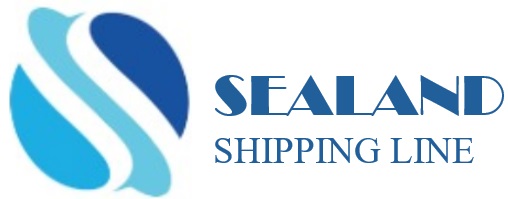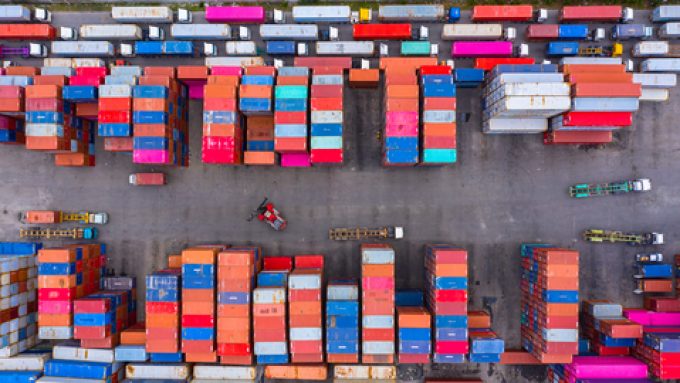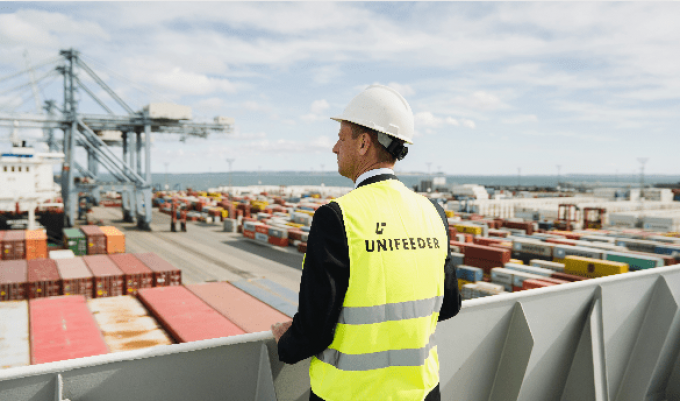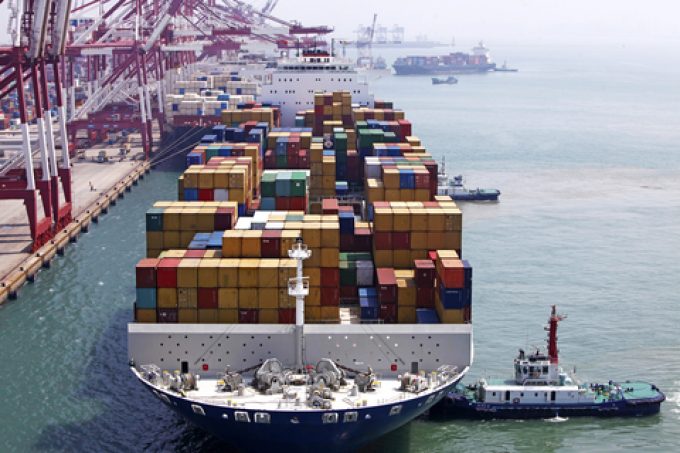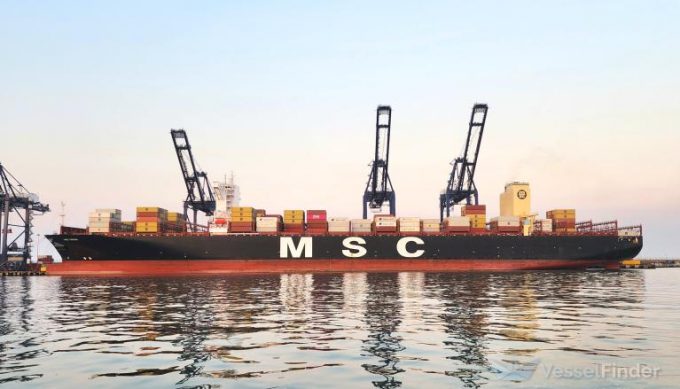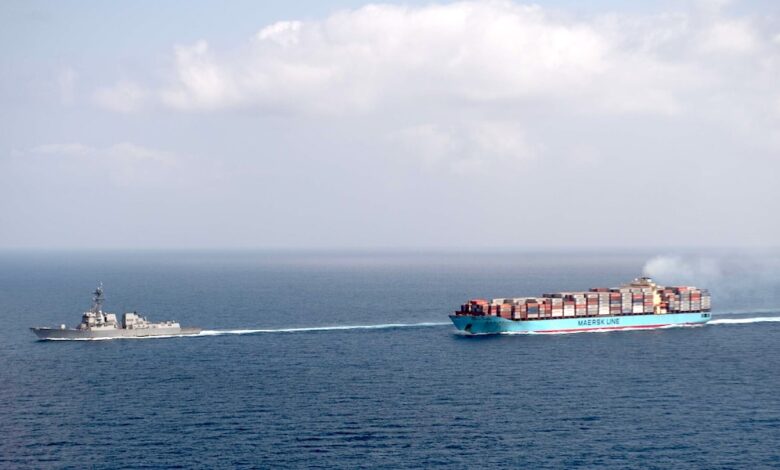‘Liner panic’ as new container production hits a post-Covid peak
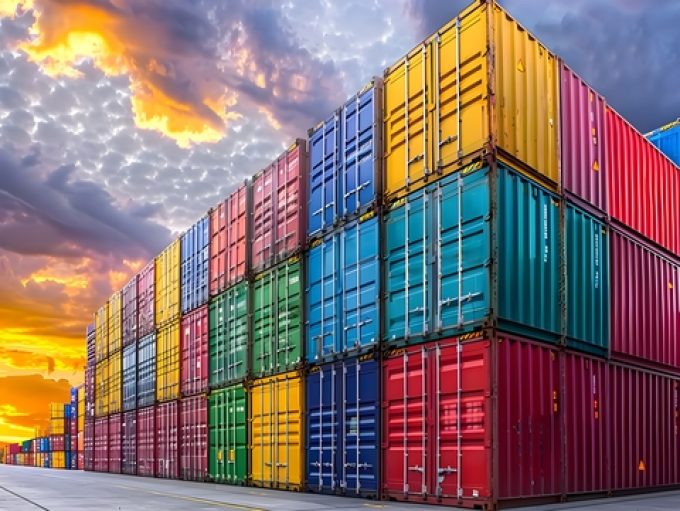
© Narisa Hongsuwan
By Martina Li in Taiwan, Loadstar 14/05/2024
Container output reached 521,000 teu last month – a post-Covid peak, according to Linerlytica today.
And its report adds that all manufacturing slots in container factories are reserved until the end of July, with more than 4m teu of new boxes expected to be delivered this year – more than double the 1.97m teu produced in 2023.
Container production achieved a record high in 2021, with more than 6m teu built to meet the demand caused by the slow return of empty containers during the pandemic.
Linerlytica said: “Carriers are fanning the panic, with Maersk claiming capacity loss on the Asia-Europe and Mediterranean routes has reached 15-20%. Although the effective capacity situation is not as dire as the carrier suggests, the strong demand has taken the market by surprise, with box equipment and vessels also in short supply.”
Its report shows that so far this year, of the mainline operators MSC has ordered the most containers, just under 400,000 teu, followed by ONE and Evergreen.
Last week, Cosco Shipping Development (CSD), the holding company for Dong Fang Container, the world’s second-largest box manufacturer, and equipment lessor Florens, suggested at a post-results briefing that container demand was expected to stabilise this year, after demand plunged in 2023.
In Q1 24, CSD’s net profit of CNY447m ($61.91m) was up 12% on Q1 23, as demand recovered. In contrast, net profit last year fell 64% year on year, to CNY1.41bn.
CSD chairman Zhang Mingwen said: “Since the fourth quarter of 2023, container shipping has recovered rapidly, due to the impact of the Red Sea situation, which has pushed up container demand to a certain extent.
“In fact, this year, the Red Sea situation has slowed container turnover, the allocation of ships and shipments before Chinese New Year. Due to this, liner operators and shippers are more willing to buy containers. We predict that the demand for new containers and the need to replace old boxes, as well as new container applications will give us a strong foundation this year.”
Dong Fang has no dry container slots available until after August, while reefers are all booked until July.
